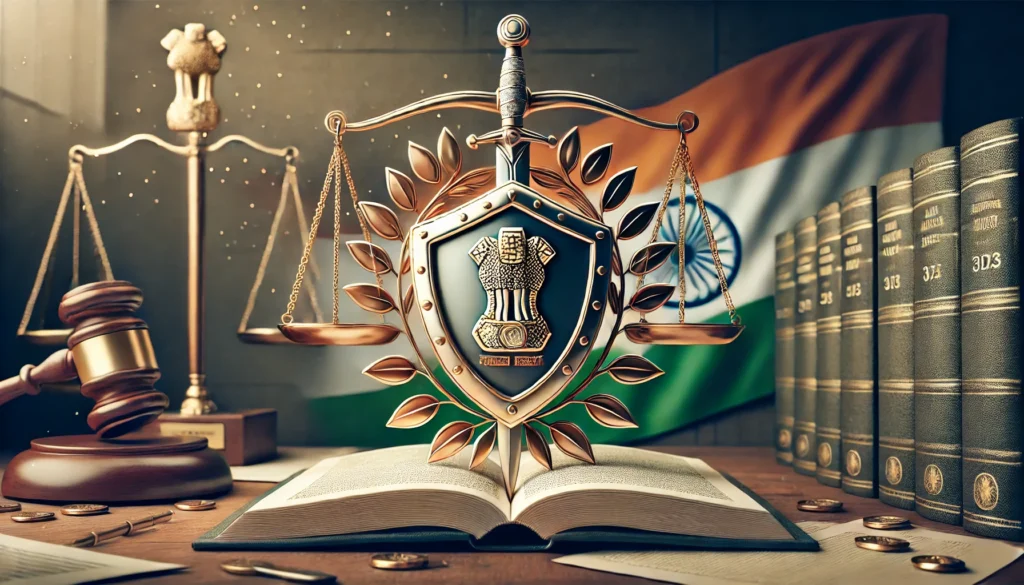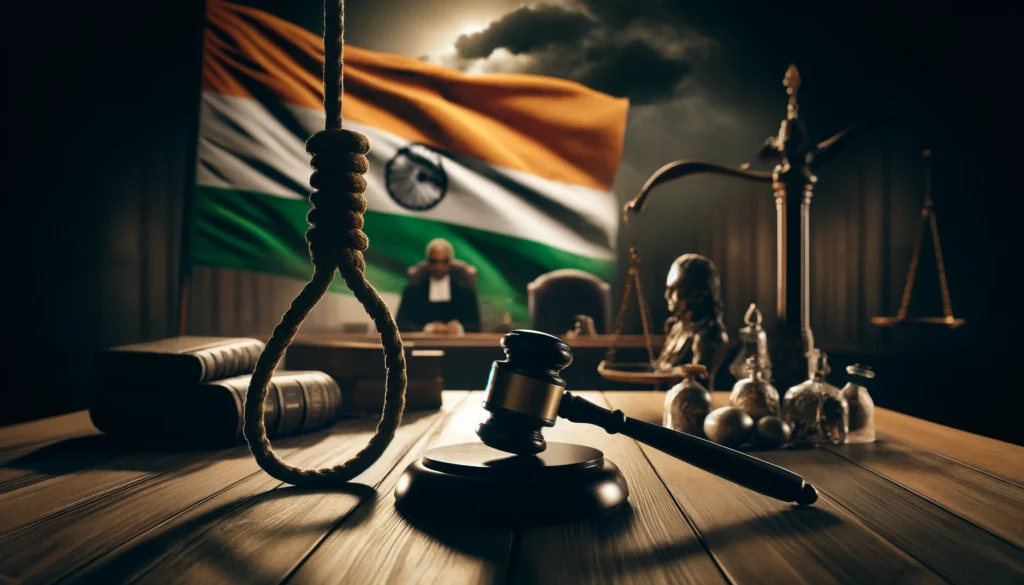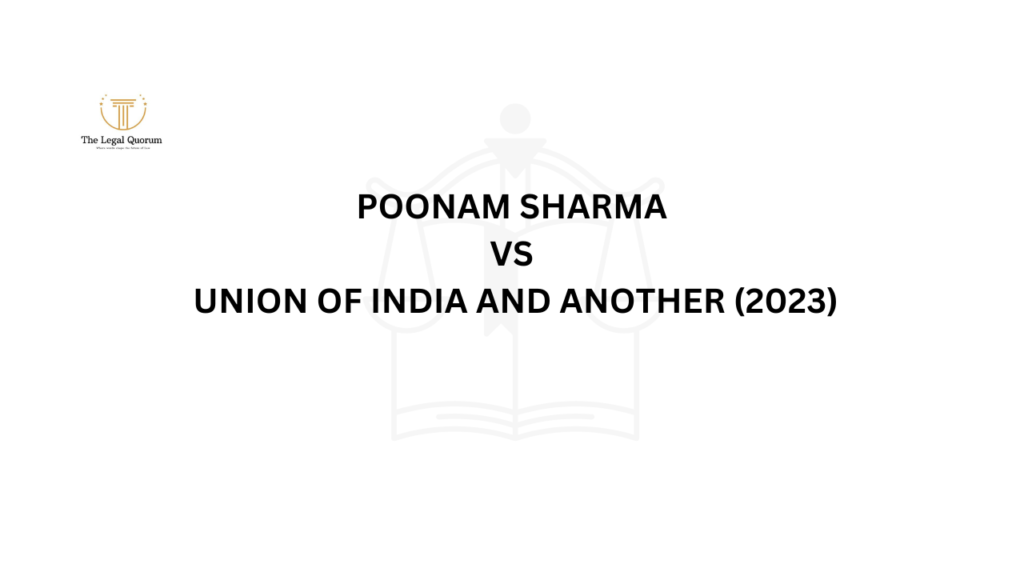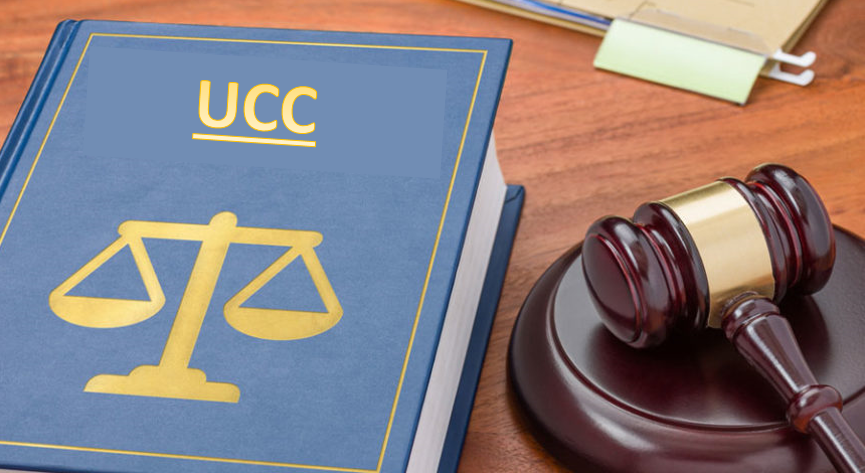Published On: September 22nd 2025
Authored By: Adv. Amandeep Kaur
Abstract
This article examines India’s constitutional challenge of balancing freedom of speech under Article 19(1)(a) with hate speech regulation. Analyzing landmark judgments, it identifies enforcement deficiencies, judicial inconsistencies, and proposes institutional safeguards, civil remedies, and contextual evaluation frameworks to protect democratic discourse while preventing harm.
Keywords: Freedom of Speech, Hate Speech, Democracy, Constitution, Fundamental Rights.
Introduction
Freedom of speech and expression represents a cornerstone of democratic governance, encompassing the fundamental right of individuals to articulate their opinions, ideas, beliefs, and emotions through diverse mediums, without fear of governmental censorship or punitive action, subject to constitutionally permissible limitations. This fundamental liberty empowers citizens to engage in public discourse, disseminate information, and critique governmental authority.
Constitutional Significance in India
Article 19(1)(a): The Foundational Right
This constitutional provision grants every citizen of India the fundamental right to freely express their thoughts, opinions, and convictions through various forms of communication.
Essentially, this provision ensures that individuals possess the inalienable right to voice their conscience and convictions.
Article 19(2): Constitutional Limitations
Constitutional jurisprudence recognizes that freedom of speech may be curtailed to safeguard national security, public order, India’s territorial integrity, international relations, and public morality. Additional restrictions apply to speech constituting defamation, contempt of court, or incitement to criminal activity. These limitations ensure that individual expression does not compromise collective welfare or national interests.
Judicial Interpretation in India
The Supreme Court of India has served as the constitutional guardian in interpreting the scope and limitations of freedom of speech, delineating its boundaries and establishing the necessary equilibrium between free expression and competing constitutional values such as privacy, public order, and human dignity.
In Shreya Singhal v. Union of India (2015), the Court affirmed that citizens possess the constitutional right to express opinions in digital spaces with the same protection afforded to offline expression. The Court established that governmental restriction of speech is constitutionally permissible only when such expression demonstrably incites violence or causes tangible harm. Critically, the Court determined that legislative vagueness creates a “chilling effect” that fails to satisfy the constitutional standard of reasonable restrictions under Article 19(2). Citizens, fearing arbitrary prosecution, engage in self-censorship, thereby inhibiting the free flow of democratic discourse. Consequently, Section 66A of the Information Technology Act was declared unconstitutional for its lack of definitional clarity and overbroad application.
In Pravasi Bhalai Sangathan v. Union of India (2014), the constitutional challenge of hate speech regulation emerged prominently. The Court concluded that existing statutory provisions (including IPC Sections 153A and 295A) provide adequate legal framework for addressing hate speech. The judicial analysis revealed that the primary challenge lies in enforcement deficiencies rather than legislative gaps. The Court emphasized that judicial bodies cannot usurp legislative functions, which remain the constitutional prerogative of Parliament. The Court stressed that restrictions on speech must emerge through proper legislative processes, rather than ad hoc judicial interventions. The judgment underscored that protecting citizens’ dignity and privacy from hate speech requires enhanced enforcement mechanisms, not proliferating restrictive regulations.
In Subramanian Swamy v. Union of India (2016), the Court established that reputation constitutes an integral component of the right to life and dignity under Article 21, encompassing privacy and personal honor. Consequently, speech that unjustifiably destroys individual reputation may be subject to criminal defamation prosecution. The Court clarified that free speech must be balanced against other fundamental rights, particularly the right to dignity and privacy. The judgment definitively established that freedom of speech is not absolute—citizens cannot invoke this right to harm others’ dignity or disseminate false accusations. Privacy and reputation received recognition as essential constitutional rights. The constitutional framework permits free expression while prohibiting speech that causes harm, spreads hatred, or destroys reputation. Free speech and privacy represent co-equal fundamental rights that must coexist harmoniously. Courts must protect expressive freedom while ensuring such protection does not violate others’ rights to privacy, peace, or dignity. The Court upheld the constitutionality of IPC Sections 499 and 500, affirming their compatibility with Article 19(1).
Hate Speech Laws in India
Although India lacks a unified statutory definition of hate speech, multiple penal provisions address this phenomenon indirectly. Hate speech encompasses any verbal, gestural, written, or symbolic expression that promotes hatred or violence against individuals or groups based on religion, caste, ethnicity, gender, language, or regional identity, particularly when such expression disturbs public order or social harmony.
Fragmented Framework and Legal Challenges
India currently lacks a comprehensive statutory definition of hate speech, yet various provisions within the Indian Penal Code (IPC) and Information Technology legislation serve as indirect regulatory mechanisms. Hate speech, broadly understood, encompasses any expression—verbal, written, or symbolic—that promotes hostility, discrimination, or violence against individuals or communities based on protected characteristics including religion, caste, ethnicity, gender, language, or regional identity, particularly when such expression threatens public order or social cohesion.
Multiple IPC provisions function as legal instruments for addressing hate speech:
- Section 153A criminalizes speech or conduct promoting enmity between different groups based on religion, race, language, or place of birth, specifically targeting expressions that disturb public peace or social harmony.
- Section 295A addresses deliberate and malicious acts intended to outrage religious feelings, frequently applied in cases resembling blasphemy prosecutions, though its application remains constitutionally contested.
- Sections 505(1) and 505(2) target statements causing public mischief, penalizing expressions that incite fear, alarm, or inter-community hatred. Section 505(2) specifically addresses speech promoting enmity between different communities.
- Section 124A, the sedition provision, criminalizes speech that brings hatred or contempt against the government. Despite widespread criticism and ongoing judicial scrutiny, this provision has been systematically misused to suppress political dissent and constitutional expression.
- Section 66A of the IT Act, previously used to prosecute individuals for “offensive” digital communications, was declared unconstitutional in the landmark Shreya Singhal v. Union of India (2015) decision for violating free speech guarantees.
- Section 69A of the IT Act empowers the government to block websites or digital content to protect sovereignty, public order, or international relations. This provision is frequently invoked to remove hateful or misleading content from digital platforms.
Despite these regulatory tools, India lacks definitional precision regarding hate speech in statutory law. The Law Commission of India, in its 267th Report (2017), recommended enacting comprehensive anti-hate speech legislation, though such recommendations remain unimplemented. Absent specific legislation, courts rely on broad and potentially vague IPC provisions, resulting in inconsistent judicial interpretations and potential legal misuse.
The imperative for well-defined, narrowly tailored hate speech legislation is constitutionally critical. Without legal clarity, citizens cannot reasonably anticipate permissible speech boundaries, violating the principle of legal certainty—a fundamental component of constitutional due process. A more structured legislative framework would better balance free expression with the necessity to prevent violence and discrimination, fostering a more democratic and legally sound approach to regulating harmful speech.
Challenges in Balancing
Vague Legal Language: Multiple statutory provisions (including IPC Sections 153A, 295A, and 505) suffer from definitional ambiguity. Terms such as “outraging religious feelings,” “enmity between groups,” or “public mischief” remain subject to subjective interpretation. Courts and law enforcement agencies frequently interpret these provisions inconsistently, resulting in arbitrary legal outcomes. India continues to lack a precise legal definition of “hate speech,” requiring courts to address such cases through ad hoc determinations, often depending on individual judges’ interpretation of context, intent, and societal impact.
Abuse of Speech Regulations: Hate speech laws are frequently misappropriated by authorities to suppress dissent, target opposition voices, and silence activists, comedians, journalists, or minority communities. Provisions such as Section 124A (sedition) and 295A are often invoked selectively, depending on prevailing political or religious sensitivities.
Suppression of Free Speech: When citizens fear arrest or harassment for expressing their views, they engage in self-censorship. This “chilling effect” discourages open discussion, satirical expression, or political critique—elements essential to democratic governance.
Legal Unpredictability: Indian courts have, at times, provided robust protection for fundamental free speech rights (as in Shreya Singhal). Conversely, courts have upheld restrictions citing public order or morality concerns (as in Subramanian Swamy). This creates legal uncertainty and judicial inconsistency, particularly in sensitive cases involving religious or political expression.
Comparative Perspective: U.S. Absolutist Model vs. European Proportionality
U.S. Absolutist Model’s Constitutional Foundation: Freedom of speech receives nearly absolute protection, even when such speech is offensive, hateful, or unpopular.
- The First Amendment to the U.S. Constitution provides that “Congress shall make no law… abridging the freedom of speech, or of the press.” This constitutional language reflects an absolutist jurisprudential approach, prohibiting governmental restriction of speech unless it directly incites immediate unlawful action.
- The constitutional standard was established in the landmark Brandenburg v. Ohio (1969) Under this precedent, hate speech generally receives First Amendment protection unless it directly incites violence, constitutes genuine threats, or involves defamatory statements. Even racist, sexist, or deeply offensive speech typically remains constitutionally protected if it does not cause immediate harm.
- This model provides robust protection for dissenting voices, encourages open political debate, and safeguards minority expression. However, it may also permit harmful or hateful speech to persist unchecked, leaving vulnerable communities without adequate legal protection.
European Proportionality Model’s Constitutional Foundation:
Freedom of speech represents a fundamental right, but not an absolute one. It must be balanced against competing values including human dignity, equality, and social harmony.
- Article 10 of the European Convention on Human Rights guarantees freedom of expression while permitting restrictions deemed “necessary in a democratic society.” European courts apply the proportionality test, evaluating whether restrictions are legally grounded, serve legitimate aims, and are proportionate to the harm they seek to prevent.
- Consequently, many European nations including Germany, France, the United Kingdom, and Austria have enacted comprehensive hate speech legislation. These laws prohibit Nazi symbols, criminalize Holocaust denial, and penalize speech inciting racial or religious hatred, whether in offline or online contexts.
- This model aims to protect vulnerable communities, maintain social harmony, and promote dignity and equality. However, it may also raise concerns about governmental overreach, where vague or broad laws risk limiting legitimate speech and could be misused by authorities to suppress criticism.
Current Status for India:
- India follows a middle path: Freedom of speech is guaranteed under Article 19(1)(a) but remains subject to reasonable restrictions under Article 19(2). Indian courts often lean toward the European proportionality model, emphasizing public order and human dignity over speech absolutism.
Way Forward for India
Institutional Safeguards Against Misuse of Hate Speech Laws
To prevent the misuse of hate speech legislation and protect legitimate expression, India must establish robust institutional safeguards grounded in constitutional principles and procedural fairness. First, there exists an urgent need to create an independent oversight body, such as a specialized regulatory authority or hate speech commission, tasked with reviewing charges filed under hate speech statutes. This institution should ensure uniform and non-discriminatory law application while serving as an advisory mechanism to recommend legal reforms based on evolving jurisprudence and societal needs. Such an institution would help minimize arbitrary or politically motivated prosecutions.
Additionally, Indian courts should mandate judicial pre-scrutiny before initiating hate speech prosecutions. This mechanism could draw inspiration from Section 196 of the Criminal Procedure Code (CrPC), which requires prior State sanction before prosecuting offenses against the State. Applying similar safeguards to hate speech cases would ensure that freedom of speech is not curtailed without judicial oversight.
Equally important is comprehensive training and capacity building for law enforcement and judicial personnel. Police officers, prosecutors, and judges must be equipped to distinguish between legitimate dissent, offensive but constitutionally protected speech, and speech that crosses the threshold into incitement to hatred or violence. Such training would promote balanced enforcement while reinforcing the principle that free speech, even when unpopular or provocative, remains central to democratic society, unless it clearly violates the boundaries established by Article 19(2) of the Constitution.
Strengthening Civil Remedies and Promoting Counter-Speech
An effective strategy for balancing free speech with hate speech prevention involves shifting from excessive criminalization to civil remedies. Criminal prosecution for offensive speech, when overused or misapplied, creates a chilling effect on democratic participation, stifling dissent and discouraging open dialogue. Instead, the legal framework should prioritize civil remedies including injunctions to prevent further harm, monetary damages for reputational loss, and public apologies as proportionate responses to speech causing genuine injury.
Simultaneously, it is essential to promote a culture of counter-speech. Speech that is harmful or contains prejudiced narratives should be met not with censorship, but with reasoned rebuttals, inclusive dialogue, and public awareness campaigns. Public institutions, media platforms, and civil society organizations must be encouraged to actively engage in this form of democratic response, which aligns with constitutional values and respects expressive rights.
Moreover, digital platforms—where much harmful speech now occurs—must be held legally accountable through clearly defined statutory obligations. These platforms should be required to identify, address, and transparently report hate speech cases while ensuring that content moderation practices remain subject to judicial oversight. This prevents arbitrary content removal while protecting users’ expressive rights, creating a balanced ecosystem that both upholds constitutional freedoms and guards against hate-driven harm.
Contextual Evaluation Framework for Assessing Hate Speech
To meaningfully distinguish between protected speech and hate speech, expressions must be assessed within their broader social and political context rather than in isolation. Purely literal interpretation often overlooks the real-world impact of speech, particularly on vulnerable or marginalized communities. Drawing upon the UN Rabat Plan of Action, contextual evaluation should consider factors including the content and tone of the message, the intent of the speaker, their social influence or authority, the reach and audience, prevailing social conditions (such as communal tensions), and the likelihood of harm or violence resulting from the speech. This nuanced approach aligns with the Supreme Court’s observations in Pravasi Bhalai Sangathan v. Union of India (2014), where the Court acknowledged the dangers of political hate speech while refraining from overstepping its judicial role, instead urging development of a structured framework for comprehensive evaluation of such speech. This model promotes balanced interpretation, ensuring that speech is not penalized merely for being offensive, but only when it poses a clear and contextual threat to public harmony or individual dignity.
Adopting the “Imminent Harm” or “Clear and Present Danger” Test
To protect free expression while addressing harmful speech, Indian courts should consistently apply the “imminent harm” test, as established in Shreya Singhal v. Union of India (2015). In that landmark decision, the Supreme Court held that only speech inciting immediate violence or public disorder may be restricted under Article 19(2). This aligns with the U.S. Supreme Court’s decision in Brandenburg v. Ohio (1969), which established a similar threshold requiring both intent to incite and likelihood of imminent lawless action. Applying this standard, Indian courts should protect speech—even when controversial or offensive—unless it is intended to provoke violence or discrimination and is likely to cause immediate harm. This ensures that dissenting or minority viewpoints remain constitutionally safeguarded while enabling the State to act decisively against expressions posing a real and present threat to public order.Conclusion
Balancing freedom of speech with the imperative to curb hate speech represents one of the most complex constitutional challenges in a democratic society like India. While the Constitution guarantees free expression as a fundamental right, it also permits reasonable restrictions to protect public order, dignity, and social harmony. However, vague legal definitions, selective enforcement, and inconsistent judicial interpretations often blur the distinction between legitimate dissent and hate speech.
To address these challenges, there exists an urgent need for clear and precise legislation that defines hate speech without encroaching upon legitimate expression. Simultaneously, judicial consistency is essential to ensure that fundamental rights receive equal and fair protection across all cases. Finally, the role of civil society cannot be overlooked—there must be greater maturity in public discourse, where citizens engage with opposing views through reasoned debate rather than divisive rhetoric.
In essence, protecting free speech while curbing hate requires a delicate constitutional balance is required which respects both the right to speak and the responsibility to cause no harm.
REFERENCES:
- Shreya Singhal v Union of India AIR 2015 SC 1523.
- Pravasi Bhalai Sangathan v Union of India (2014) 11 SCC 477.
- Subramanian Swamy v Union of India (2016) 7 SCC 221.
- Law Commission of India, 267th Report: Hate Speech (2017).
- UN Human Rights Committee, General Comment No 34: Freedoms of Opinion and Expression (CCPR/C/GC/34, 12 September 2011).
- UN OHCHR, Rabat Plan of Action on the Prohibition of Incitement to National, Racial or Religious Hatred (2013).
- Brandenburg v Ohio 395 US 444 (1969).
- Indian Penal Code 1860, ss 153A, 295A, 505, 124A, 499–500.
- Information Technology Act 2000, ss 66A (struck down), 69A.
- Criminal Procedure Code 1973, s 196.




